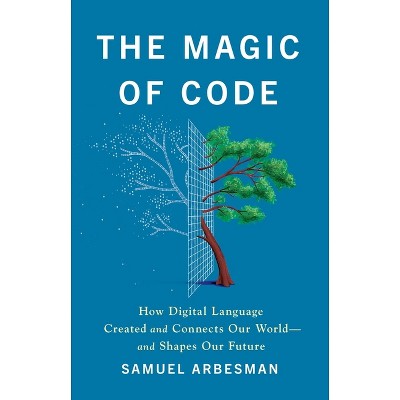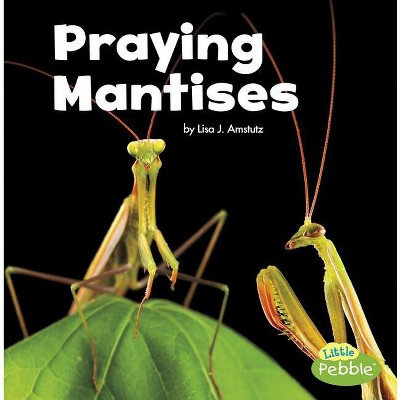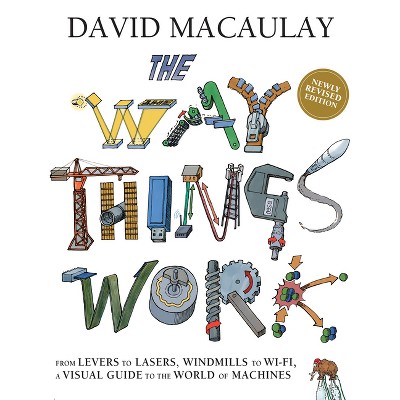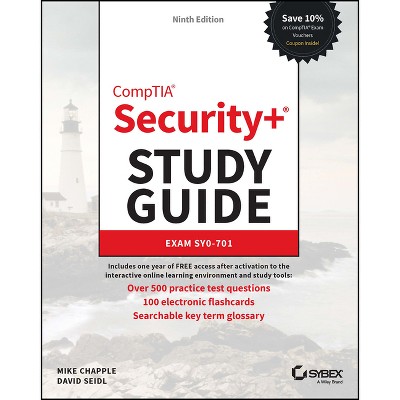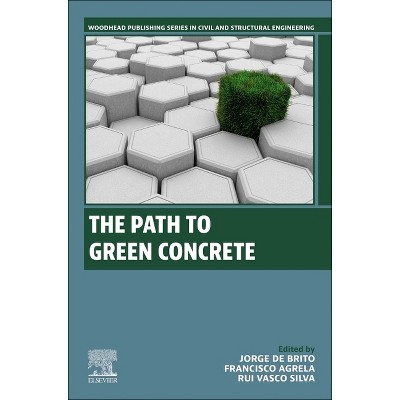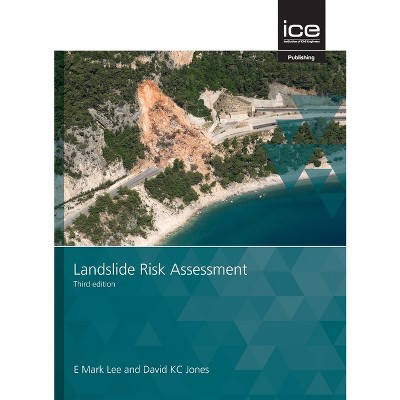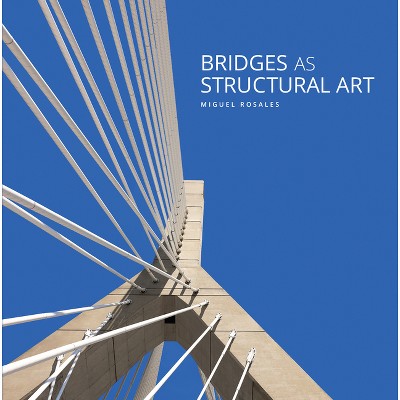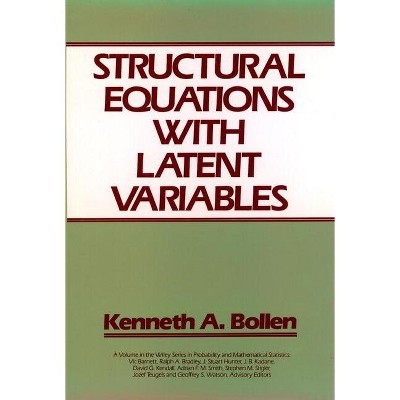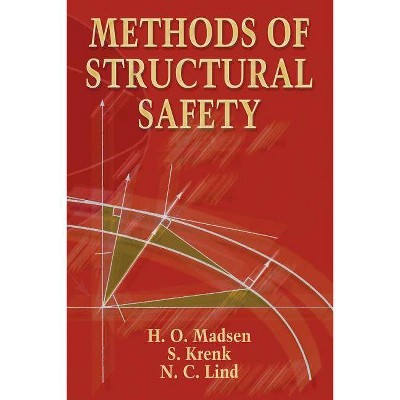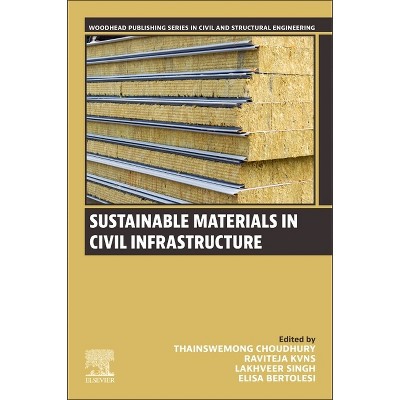Sponsored

Structural Condition Assessment - by Robert T Ratay (Hardcover)
In Stock
Sponsored
About this item
Highlights
- In Structural Condition Assessment, editor-in-chief Robert T. Ratay gathers together the leading people in the field to produce the first unified resource on all aspects of structural condition assessment for strength, serviceability, restoration, adaptive reuse, code compliance, and vulnerability.
- About the Author: ROBERT T. RATAY, PhD, PE, is a highly regarded consulting structural engineer in private practice and an adjunct professor at Columbia University.
- 712 Pages
- Technology, Civil
Description
Book Synopsis
In Structural Condition Assessment, editor-in-chief Robert T. Ratay gathers together the leading people in the field to produce the first unified resource on all aspects of structural condition assessment for strength, serviceability, restoration, adaptive reuse, code compliance, and vulnerability. Organized by the four main stages of a structural evaluation, this book provides an introduction to structural deterioration and its consequences, the business and legal aspects of conducting an evaluation, initial survey and evaluation techniques for various structures, and specific tests for five of the most common structural materials (concrete, steel, masonry, timber and fabric.)From the Back Cover
All-inclusive, authoritative coverage of structural condition assessmentEditor Robert Ratay gathers a team of leading experts with decades of hands-on experience to present the first comprehensive, unified reference on all aspects of structural condition assessment. In a conveniently organized format, this expert resource is intended to instruct the novice and guide the experienced engineer in performing the condition assessment of structures:
- How to recognize the common types, causes, and consequences of defects, degradation, and damage that are found in various structural materials
- How to organize the assessment project and conduct the inspection
- How to effectively conduct field examinations and use laboratory tests and analytical evaluations
- How to report findings and recommendations
- The business practices and legal aspects you need to know to plan, conduct, and evaluate an assessment for both the consultant and the client
In addition, the most important structural codes and standards from the past to the present are reviewed in relation to old and recent structures, helping the reader locate hard-to-find changes in the codes and standards.
Structural Condition Assessment is the go-to resource that saves practicing engineers, architects, contractors, owners, attorneys, and insurers hours of time in researching information. It is a practical guide for both the novice and the expert in the day-to-day conduct of structural condition assessment.
Review Quotes
"Through his selection of guest authors, the Editor has comprehensively covered the diverse topics of modern condition assessment such as building structures and engineers, who wish to learn more about this important part of modern engineering practice, will find that it offers a concise introduction and guide for further study." (Structure and Infrastructure Engineering; 12/07)
"An increasing proportion of construction involves maintenance, renovation, restoration and adaptive reuse of already-built facilities, rather than new construction. Structural Condition Assessment is a unique and valuable contribution to the engineering literature. It serves as a practical reference for undertaking the evaluations required for successful renovation, restoration and adaptive reuse of existing facilities."
-- Kenneth Carper, ASCE (Journal of Constructed Facilities, August 2006)
About the Author
ROBERT T. RATAY, PhD, PE, is a highly regarded consulting structural engineer in private practice and an adjunct professor at Columbia University. He has four decades of structural design, condition assessment, forensic analysis, and teaching experience with prominent engineering firms and universities, and often serves as an expert consultant to engineers, contractors, owners, attorneys, insurance companies, and government agencies. Dr. Ratay has served on and chaired several technical, review, and advisory committees and is a member of the Board of Governors of the Structural Engineering Institute of the American Society of Civil Engineers.